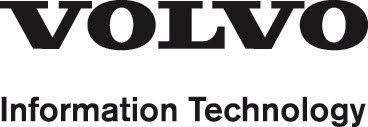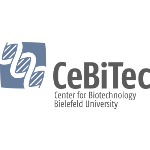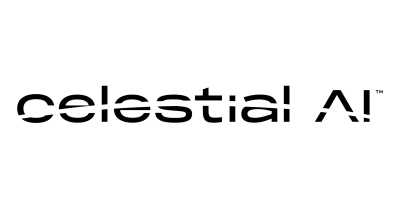ThinLinc use cases
Our clients
 Epicura
Epicura

Epicura
 Mercado Libre
Mercado Libre

Mercado Libre
The leading E-commerce platform in Latin America, Mercado Libre, established that ThinLinc was the best solution for their thousands of employees to access their daily systems. Their IT department thinks the best aspect of ThinLinc is it's simplicity.
 Sectra
Sectra

Sectra
 AWI
AWI

AWI
 Volvo Information Technology
Volvo Information Technology

Volvo Information Technology
 Bielefeld University Center for Biotechnology
Bielefeld University Center for Biotechnology

Bielefeld University Center for Biotechnology
The Bielefeld University Center for Biotechnology uses ThinLinc to provide users access to hundreds of software tools and libraries from the fields of bioinformatics, biology, statistics, and software development.
 DataMap Ltd. NZ
DataMap Ltd. NZ

DataMap Ltd. NZ
Enable centralised mapping and data-entry for various tasks including hazard-mapping, monitoring of pest traps and nesting boxes, land usage planning and information publishing.
 Celestial AI
Celestial AI

Celestial AI
Celestial AI, an innovator in AI technology, chose ThinLinc over Tiger VNC for its superior remote access capabilities. ThinLinc allows engineers to seamlessly connect to existing sessions using system authentication, eliminating the need for separate passwords and manual session management. This prevents memory waste and locked licenses caused by multiple forgotten sessions. In addition, ThinLinc provides encrypted communication between the client and session, ensuring secure access—critical for Celestial AI's development of its groundbreaking Photonic Fabric technology.
 ASML
ASML

ASML
 Hungarian Centre of Excellence for Molecular Medicine (HCEMM)
Hungarian Centre of Excellence for Molecular Medicine (HCEMM)

Hungarian Centre of Excellence for Molecular Medicine (HCEMM)
The Hungarian Centre of Excellence for Molecular Medicine (HCEMM) pioneers transformative biomedical research, seamlessly bridging fundamental discoveries with real-world healthcare applications. By harnessing a robust Linux VDI platform with ThinLinc, HCEMM ensures data resilience, unites diverse research teams, and propels life-changing innovations from the lab to the clinic.
 Volvo
Volvo

Volvo
 Aston University
Aston University











